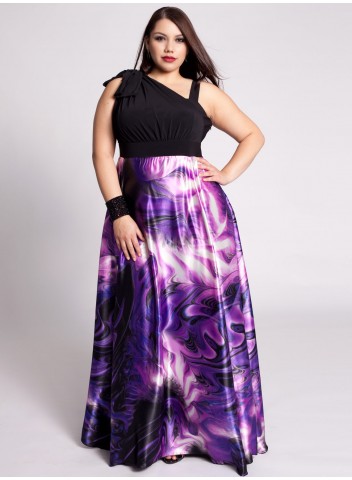What’s In a T-Shirt?
 The T-shirt is possibly the one clothing of item every person owns. It is known for its comfort and now, style. Did people always have T-shirts they could pull from a drawer and wear on a laid back day? Not necessarily.
The T-shirt is possibly the one clothing of item every person owns. It is known for its comfort and now, style. Did people always have T-shirts they could pull from a drawer and wear on a laid back day? Not necessarily.
The T-shirt is said to be a product of evolution. One source says it came from the 19th century’s one-piece union suit, which was a garment worn as underwear. The top was long enough to stick under the waistband of the bottoms. While the union suit was at first a one-piece, it later became a two-piece. From there, those who wore union suits, such as miners, began using the undergarment as an outer garment.
Others say the first T-shirts came into being or maybe just popular during the Spanish American War. During this time they were actually issued to the U.S. Navy. These military issued shirts were crew-necked, short-sleeved and made of white cotton. They were designed to be worn under a uniform. With this, T-shirts became commonplace. It didn’t take long for servicemen to wear their T-shirts as garments, discarding their uniforms on hot days, while working.
The shirt got its name due to its shape. The shirt was popular because it was comfortable, fit nicely, was easy to clean and best of all was inexpensive. While men wore white, boys could find t-shirts in various colors and patterns.
Due to it being cheap, the T-Shirt was quite popular during the Great Depression. It was the default garment to wear when one was doing chores or working and didn’t want to ruin their good clothes, or wanted a lightweight fabric due to the heat.
By World War II, men, mostly veterans, would wear T-shirts as casual clothing with trousers. After the movie, A Streetcar Named Desire, where Marlon Brando donned a T-shirt, the shirt then became quite fashionable as a stand-alone garment.
The T-shirt mostly remained the same until the 1960s. Pop culture began to influence the shirt with colors and images such as large bright smiley faces. People used T-shirts to express themselves, they could have shirts with comments and phrases on them, or the shirt would display the name of their favorite band or team.
With printing becoming more sophisticated came the evolution of every design possible on the T-shirt. Printing changes occurred as early as 1959 with the invention of plastisol, a durable and stretchable ink. In the 60s the discovery of tie-dyeing became fashionable as did screen-printing.
Newer inks started arriving on the scene including inks that shimmered, puffed, and were metallic. Then came airbrushing, appliqu?�, embroidery and embossing or ironing on of flock lettering. While one had to go to a specialty T-shirt shop to receive custom printing, it wasn’t long before laser printers were capable of printing transfers one could iron on to their T-shirts. This was then followed by the design and printing of T-shirts done completely online.
Designer labels such as Calvin Klein, Ralph Lauren and The Gap began selling their own designer T-shirts during the 80s and 90s as well. This was followed by independent designers creating unique and classy shirts that celebrities gravitated toward.
Then there were those who just wanted their vintage style of T-shirt, something unique but comfortable – this is where companies like The Original Retro Brand thrived. This company created shirts that replicated sports shirts worn by sportsmen from all over the world while staying with the soft comfort everybody loved.
T-Shirts may not have been around forever, but now that they have been discovered, it is unlikely they will ever go out of style.
